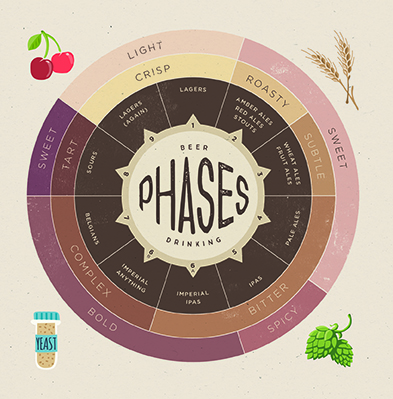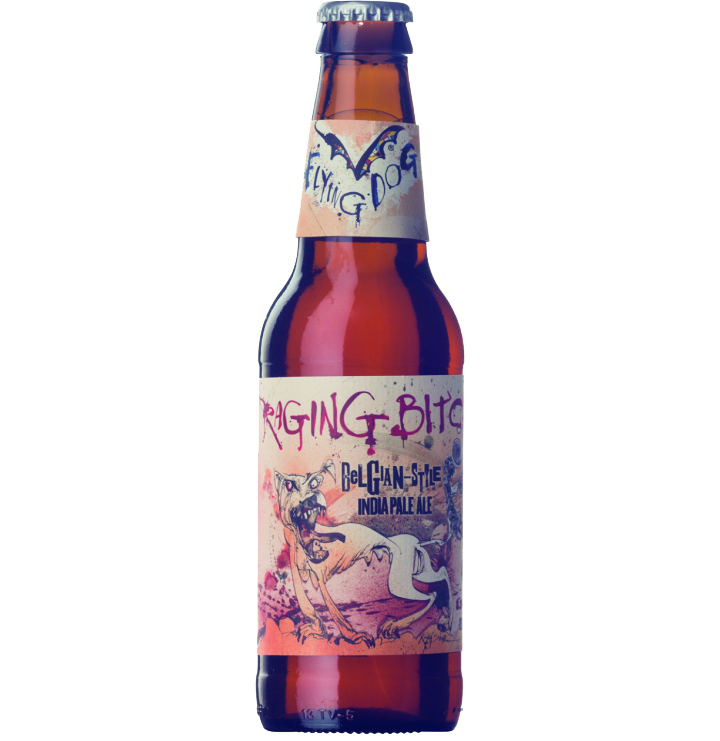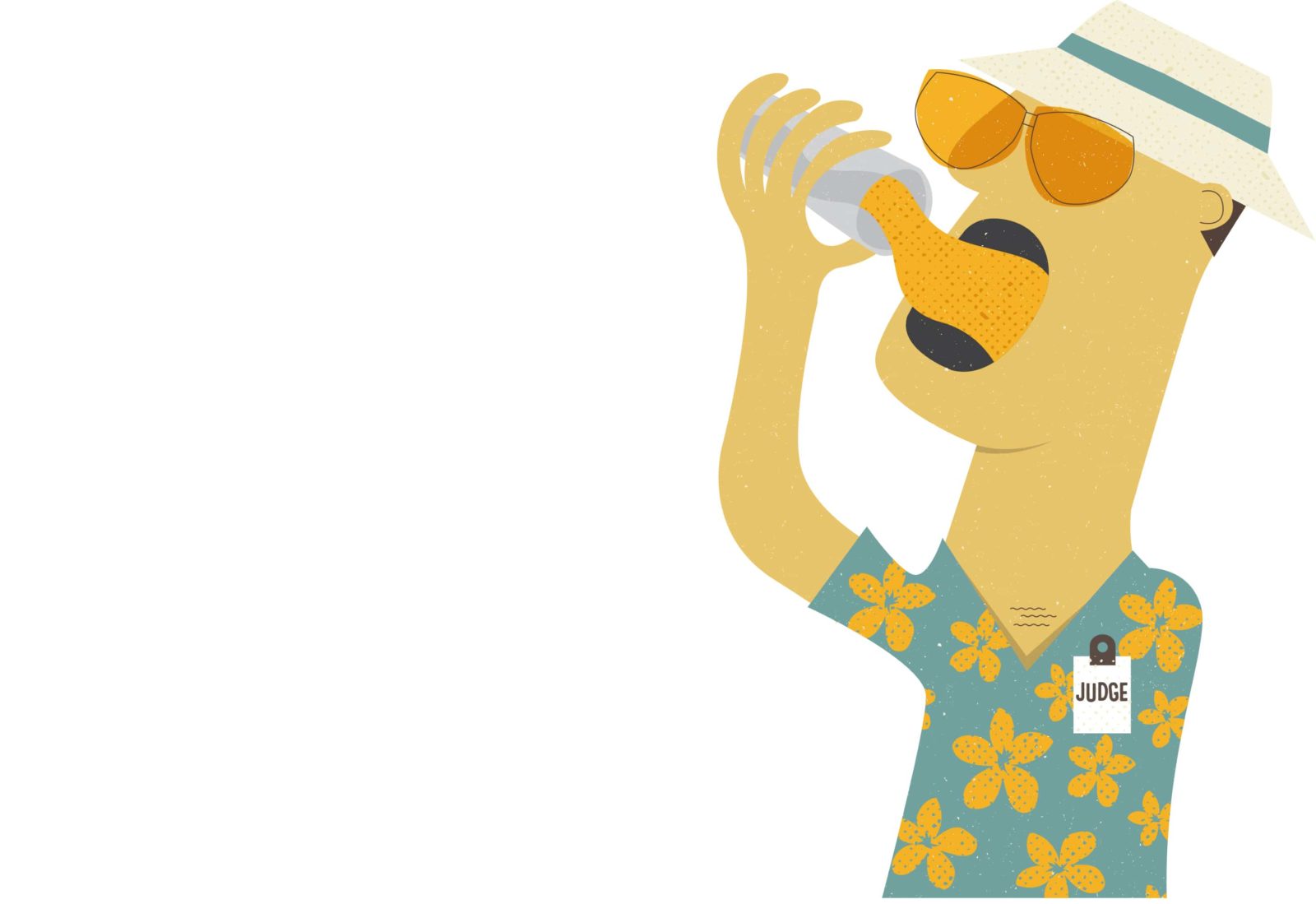
If you think you hate beer, chances you haven’t tried the right beer. Or, rather, you haven’t tried the right beer for you. Like with wine, or food, the human palate progresses through experience. With beer, people tend to follow a similar path. We examine the course here in a thoroughly unscientific pie chart, culled from anecdotal evidence we’ve gathered from BC beer enthusiasts.*
PHASE 1: LAGERS
This is typically the entry point for beer drinkers because, until very recently, it’s been the most widely available style in Canada. We’re talking macro lagers here: Kokanee, Budweiser, Canadian, Corona etc. People are often lured in – and turned off – because of the weak flavour profile.
PHASE 2: AMBER ALES / RED ALES / STOUTS
This is the best starting point for people who get serious about beer. These are malt-forward brews, with few hops, so they’re sweet and smooth with subtle, approachable flavours (think Phillips Blue Buck). Stouts often hit this stage via the infamous chocolate stout, or by the world famous Guinness.
PHASE 3: WHEAT ALES / FRUIT ALES
Interchangeable with Phase 2. Wheat ales are usually light and sweet, again with low hops/bitterness, which makes it ideal for newbies. At this point, people are adjusting to the common beer ingredients. Think Kronenburg Blanc or any radler.
PHASE 4: PALE ALES
This is where people start moving away from sweet flavours and toward higher IBUs. These beers are often still malty, but with enough bitter-ness to start people on the hops rabbit hole that leads into craft beer fandom. Other hoppy ales, including red ales, cycle in here too. Think Sierra Nevada Pale Ale, Parallel 49 Gypsy Tears.
PHASE 5: IPAS
Hops, baby. This is the stage where people tend to get locked in and start waving the craft beer flag. The India Pale Ale Phase is vast because the style is abundant and so versatile, which means there’s a lot to explore here. People can get hung up here for long stretches.
PHASE 6A: IMPERIAL IPAS
When chasing the hop dragon leads you to the most hops possible. You’re chasing IBUs to get your fix, but the high alcohol content of these beers leads to an affinity for Big Booze Beers in general, which leads to…
PHASE 6B: IMPERIAL ANYTHING
Big Booze-y, flavourable beers are the trend here. Drinking only these beers leads to trouble, so people tend to explore areas previously explored, or they move on rather quickly. But because this area has a variety of different styles, there’s plenty to explore. An appreciation for stouts often accompanies this phase.
PHASE 7: BELGIANS
The appreciation for high alcohol and experimental beers usually leads here, where the palate develops a taste for yeast: freaky yeasts, tame yeasts, it’s all about the yeast and bold flavours.
PHASE 8: SOURS
This is the peak of the Belgian style, with the funkiest of all yeasty beers, Lambics, leading into an exploration of North American sours. We’re in true expert phase here.
PHASE 9: LAGERS AGAIN
Here, you’ve overdosed on flavour and high ABVs, and you’re craving light, sessionable beers. Or, you’ve crossed back over via the German sours (e.g. Berliner Weisse) and think, “Hell, maybe Germans do make good beer!” We’re talking well-made, quality lagers here: Kölschs, Pilsners, and so on.
NOTE: Some people skip steps, or get stuck in places, or never move on, or chart the course in a haphazard way. There’s no set time for how people move through it either – it could take a decade to complete the cycle, or it could take six months. Also, credit goes to Chris Bjerrisgaard for coining the term “flavour wheel of craft beer nerdism.”





